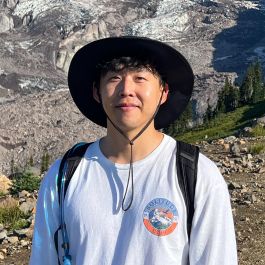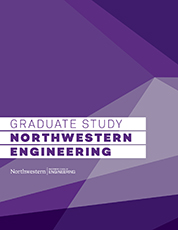Haein KimUX Designer, Amazon

Alumni Interview
Tell us what your current title is and what your role entails.
UX designer. I work in Amazon Ads, where we provide advertisers with tools to reach more customer and increase sales. My role involves working with product managers to understand requirements for proposed features, creating prototypes and mocks, and working with engineers on testing and development.
When you started EDI, did you know what industry you wanted to work in?
Before pursuing a career in digital product design, I was actually interested in physical products. I wasn’t sure what specific products I wanted to work on, but I was inspired by companies like OXO and Steelcase - companies that invested in human-centered design. After an internship at Steelcase, I started getting more interested in the digital space and was attracted to the speed at which digital products could be built. I eventually landed my first UX design role at CVS Health, where I got to work on some complex enterprise problems in the pharmaceutical space. Working on enterprise applications also allowed me to continue utilizing my engineering background and systems-level thinking. Later on I applied for a role at Amazon, where I now work on advertising technology.
Tell us about an EDI course that made an impact on you.
I really enjoyed Designing Product Interactions, taught by Craig Sampson. The projects we got to work on were just absolute fun but also tickled that part of your brain. This course really opened my eyes about how we can "engineer experiences" and explore the various ways a human interacts with a product.
What is one lesson you learned during your EDI journey that has stuck with you?
Design is a methodology for solving problems. It's 90% problem solving and 10% actually working on the solution.
What was your EDI thesis project and what inspired you to pursue it?
As someone who has been deaf his entire life, it seemed natural for me to explore the hearing loss space for my thesis. At first, I was worried I'd be solving a problem that applied to me and thus be biased. After conducting many interviews with people that had various degrees of hearing loss, I learned that there were many different experiences and thus many different problems that people with hearing loss face, some of which was foreign to me. I ended up picking a problem that seemed to come up frequently in my interviews - middle-aged adults that lost their hearing later in life often turned down or gave up on hearing aids. Diving into this problem was a fascinating and rewarding journey, allowing me to learn more about my disability and its impact on others.
What advice do you have for an EDI student interested in working in your industry?
Network network network. Breaking into tech is harder than ever before. With the exponential popularity of the UX design field in recent years, it's challenging to create a unique portfolio and resume. But connecting with people will always give you an edge. Reach out to your alumni network and find strangers on LinkedIn with experiences that aligns with your interests. Ask them for a quick chat and learn about their stories. Buy them coffee. No amount of portfolio tweaks can surpass the value of making human connections.

